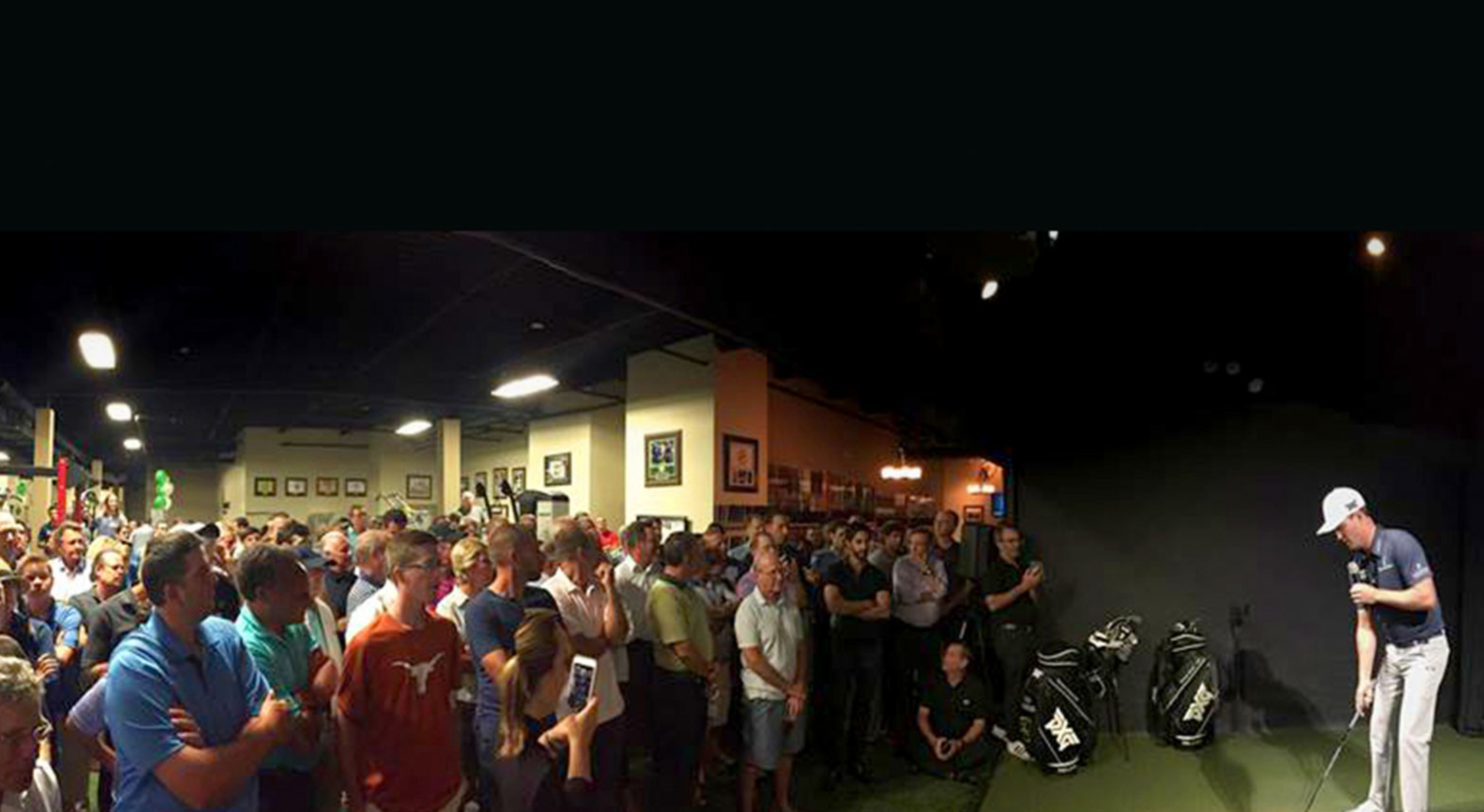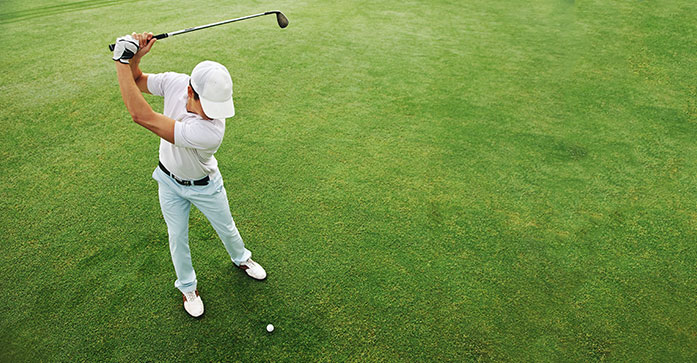Golf Performance is evaluating the golfer on three major aspects of their game. Golf fitness, the physical ability of the golfer to get into and maintain the proper positions in the golf swing. Golf Instruction, has the golfer worked with a PGA professional to work on their swing and all of the many fundamentals that covers. Equipment, has the golfer been properly fit by a PGA professional or have had a proper fitting from qualified club fitter. Enjoy this 3-part blog series from golf performance expert, John Ondrush.
If you really want to improve your game this winter and you have answered no to any of the following questions, you need to re think your game plan for this upcoming off season and get to work. Every player that you see on the PGA tour, work on every one of these three areas constantly and you should as well. I will touch base on all three areas and you can see where you need to be spending more of your off-season time.
Golf Fitness
During the golf season I receive what I call “the 911″ calls. This is when one of the golf academies affiliate golf clubs or golf pros calls me with a member that has hurt themselves during a round of golf or is coming back from an injury and needs help with a golf specific conditioning program to get back to playing.
The most common reason for these injuries is from what I like to call a dysfunctional golf swing. By definition a dysfunctional swing is when a golfer’s body is so de conditioned, lacking flexibility and strength that their swing is dysfunctional. Their body is making so many physical compensations from weak or restricted muscles that it is only a matter of time until an injury or pain occurs. Their body will always take the path of least resistance during a swing, meaning your body will continue to make a golf swing the best it can around all of the tight or weak muscles that are not doing what we need them to do in your swing. Over time this will cause some muscles to get extremely tight because they are being overused with every swing, and in turn other muscles will get extremely weak because they are not being used at all. The end result is usually a sprain or strain that will cause that painful muscle spasm, and in some cases, a more severe injury and cause the same repeated swing faults over and over.
The answer preventing the injury in the first place is a simple evaluation called a functional muscle screen or an FMS. This is a series of physical tests that are done on athletes in almost every professional sport to evaluate and locate asymmetries in muscle strength, joint mobility and flexibility and balance. The evaluation is done by asking the golfer to complete simple movements that are all directly associated with what your body needs to do during the golf swing as the golfer tries to complete each movement, they will reveal muscle tightness or weakness without even knowing it. We can then locate the exact muscle groups that are tight or weak and can concentrate on that specific area building a customized fitness program to their specific physical needs. This is what I like to call their weakest links, these are the area’s most prone to injury and prevents the golfer from making the correct movements in their swing.
The next part of the golfers’ evaluation is a Video and 3-D computerized swing evaluation. This is going to give us the final piece of the puzzle. As I evaluate the swing I am determining if the golfer’s bad mechanics are due to their physical restrictions that do not allow them to get in or maintain the proper positions or if it is a lack of proper golf instruction.
After all the testing is completed a golf specific workout consisting of exercises and stretches targeting the exact areas of tightness or weakness that was found during the FMS and the swing evaluation are assigned. The results are nothing less than amazing, by balancing your body and fixing the weak or tight muscles, they come back in shock that all the normal aches and pains have diminished or gone. They are now swinging better, more consistent and are hitting the ball farther because they have the physical ability to do the necessary movement’s t in their golf swing. Their swing is no longer physically dysfunctional because their muscles are no longer working against each other therefore balancing their body and their swing.


